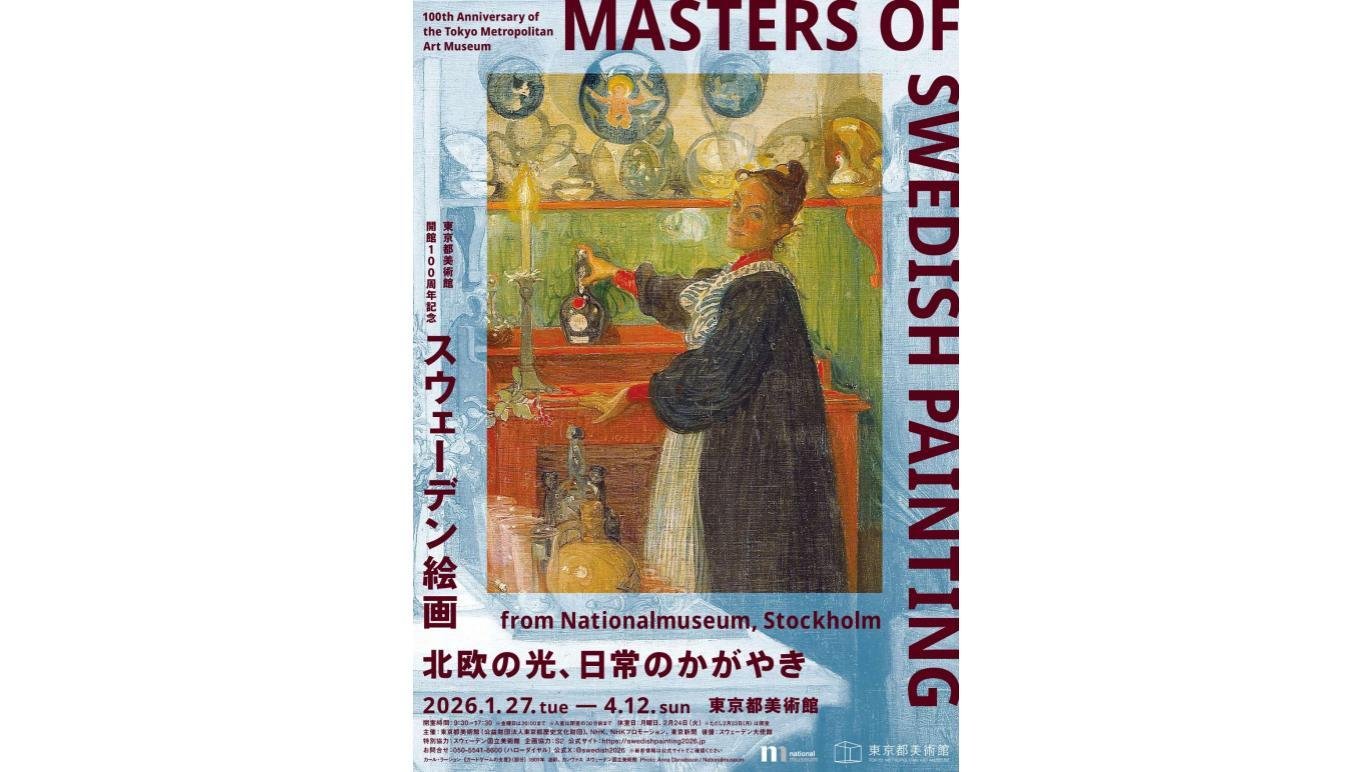In the early 2000s, the London street-art scene was mostly centred in the East London borough of Hackney. ‘We were all aware of each other’s work, even if we never met. And our styles developed alongside each other,’ he says.
Although it would take time for Stik to perfect the six-line, two-dot figures for which he is now known, they are loosely based on the Japanese calligraphic characters known as kanji. ‘I lived in Japan for almost a year in my late teens and picked up this style of drawing, which is closely connected to writing as a shorthand for conveying emotion. It developed from there,’ he says. In the early part of this century, his figures — by turns innocent, frightened, forlorn, defiant or accusatory — began popping up around East London.
‘I was unfortunate enough to be homeless for a period,’ explains the artist, who lived for a time at St Mungo’s Hostel, a Hackney shelter. ‘It was the Hackney community that helped me get back on my feet. It was squatting and eventually social housing which enabled me to gain a foothold and get back to a decent standard of life. Street art was my way of giving back to the people who helped me,’ Stik says.






